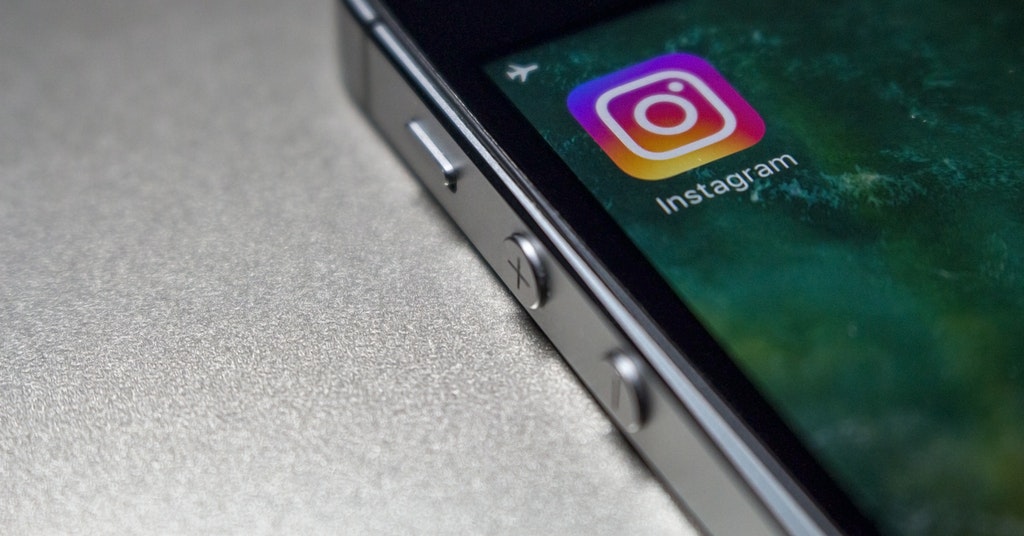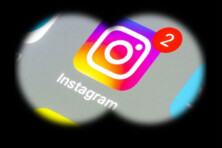The platform presents a huge opportunity for brands to boost their sales. At the same time, it is a great chance for all Instagram users to make extra money

How to make money on Instagram. Source: pexels.com
When the pandemic started, eMarketer estimated that Instagram usage was increasing the most among popular social networks. Namely, time spent on Instagram was estimated to grow 14% last year, which equals over 3 minutes of additional time spent by each user each day. Moreover, 81% of people use Instagram to research products and services, with 50% making purchases after seeing a product in the Insta-space.
Brand integrations
Cooperating with big and small brands is the most popular option of earning money leveraging your Insta-profile. Once you have a decent number of followers who regularly engage with your posts, you can consider creating sponsored content. The numbers here are quite relative, as the engagement rate is what matters the most. As of July 2020, the average engagement rate of a video post on Instagram was 1.45%. Additionally, image posts on the photo-sharing social site had an average engagement rate of 1.74%. The simplest option to calculate your Instagram engagement rate is to divide your total number of likes and comments by your follower count, and then multiply it by 100 to give you a percentage. The higher it is the better.
However, we can’t say that the overall number of subscribers doesn’t matter. You should aim at 1K followers as the minimal audience size (if they’re highly engaged) and continuously expand your network influence. If you are approached by a brand representative or have approached one yourself, the fees are discussed individually. It is generally accepted that the starting point is charging at least $10 per 1000 followers for a sponsored Instagram post.
To earn money, you’ll need to create a sponsored photo or video post including a branded hashtag, mention, or link to promote relevant products or services. Instagram stories may be short-lived but they can be also used for brand promotion. Since many people prefer not to waste time browsing social networks for hours, they may check up on the Stories’ briefs for updates. According to eMarketer, Nano-influencers (500 – 5000 followers) make an average of $114 per video post on Instagram, compared with $100 for an image post and $43 for a story. Power users (30,000 – 500,000 followers) make about $775 for an Instagram video, $507 for an image post, and $210 for a story.
Affiliate programs
Becoming a brand affiliate is similar to influencers’ activities in a way that it promotes the brand products. However, an affiliate is not only advertising but gets more involved in making sales for the partner brand in exchange for a commission. It is done with the help of trackable links or unique promo codes. When customers use those, the selling company sees exactly where the purchase comes from. They pay an agreed percentage to the affiliate who has converted an ad into an actual deal.
There are many individual online merchants offering affiliate programs or specialized marketplaces like Amazon Associates, RewardStyle, ClickBank, Rakuten, ShareASale, FlexOffers, etc. Affiliate programs may have different terms, offering commissions from 5% to 30% on average. Some companies may have a tiered approach to commission fees, bringing them as high as 75%, depending on the conversion rate and the number of sales.
To build a solid affiliate marketing revenue stream, you’ll need to concentrate on a very few advertised items at a time. If you use trackable links instead of promo codes, remember that Instagram doesn’t yet allow clickable links anywhere outside of your bio, so you can only focus on one product at a time. Don’t make one-day promotions of random products, usually, people need a longer time to become interested in an offer, do some research, and make a purchase decision.
Online store
Instagram is not only an advertising platform. It has great options for actual sales, including online storefronts. Whether you create any products, provide services, sell merchandise, or resell anything, you can use Insta-shopping capabilities.
To use Instagram Shopping, businesses need to upload their inventory in a catalog and connect it to the relevant account. Managers can also set up an online Instagram shop directly through platforms like Shopify or BigCommerce.
The Instagram Checkout feature allows people to seamlessly buy products pictured in shopping posts without ever leaving the app. The feature is still rolling out regionally, available only for US citizens at the time. Moreover, only eligible businesses and creators may use it. However, the feature has great potential. The Shop option is presented with a small shopping bag icon on an Instagram post. If the Checkout is activated, buyers won’t have to go to the product’s website to complete a purchase, they can do it right on the posting page. Similar functions are available via Shopify integration. It allows users to add product tags and stickers to their Instagram stories and posts so people buy directly from the app. To use it, you’ll need to switch to an Instagram business account, have a Facebook page and an approved Facebook shop (all set up for no additional cost).
Selling photos
Instagram clearly manifests popular culture becoming increasingly attached to visual images. We’re all used to beautiful landscapes, carefully staged settings, model looks, and other attributes of the Instagram landscape. Both businesses and individuals appreciate the power of an image. Moreover, digital images are a commodity with copyrights attached. Hence, you can license, print, and sell the pictures you take if there’s a demand.
So far, you can’t sell photos on Instagram directly. The platform can be used to raise awareness about your artwork if you’re a photographer. Then you can include a link to your professional website in the profile bio to offer photography services. Pictures can also be sold to stock image repositories and marketplaces. Some examples are 500px Prime, SmugMug Pro, Shutterstock, iStockphoto, and even Etsy. Again, those who are interested in your work, may browse your pictures on Instagram and buy elsewhere.
Another option is to offer print photos, perhaps, even signed by you. That’s what Daniel Arnold, a controversial photographer from Brooklyn did. In one day, he received nearly $15,000 worth of requests and collected some $5,000. Of course, that would work properly only if you’re popular and you’ll have to handle all the financials and logistics individually.
Furthermore, you can sell your photos printed on things. We’ve already discussed merch selling as a good money-making alternative, so if you make perfect shots why don’t you transfer them on physical objects? T-shirts and all types of clothing, mugs, plates, bags, accessories, stationery – you name it.
SEE ALSO:









